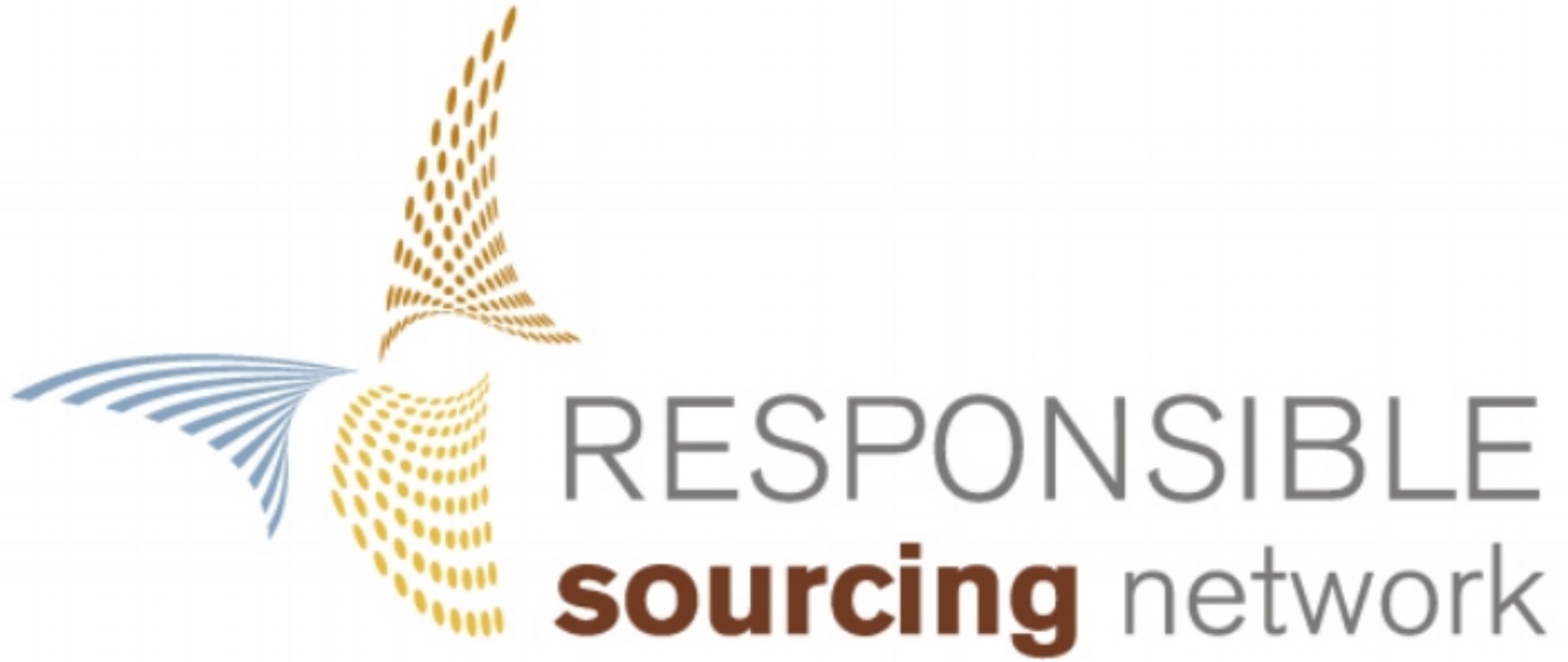Connecting the Dots on Conflict Mineral Disclosures

Two months ago, 1,314 conflict mineral reports poured into the US Securities and Exchange commission. The Responsible Sourcing Network (RSN) has been working to connect the dots between expectations and results for this historic first-round of disclosures required by section 1502 of the Dodd-Frank Act. (No small task: you would need 450 to 700 hours to read all the disclosures back-to-back.) Despite initial rumors that few of the disclosures were any good, and notwithstanding last-minute court rulings, there is a wealth of valuable information in these reports. Many of the disclosures we are reading show thoughtful methodology and good faith effort. There is, of course, room for improvement, and RSN is in the process of preparing a report that will identify best practices in more detail.
The conflict mineral disclosures confirm the extent to which tin, tantalum, tungsten, and gold are found in everyday products. As expected, the greatest concentration of reports came from manufacturers of electronic devices and technology, from processors to smartphones. Yet the scope of the rule was broad. Conflict minerals can be found in eyeglass lenses and fine-jewelry (Wal-Mart), refining catalysts (ExxonMobil, Chevron), metal working and cutting tools, jewelry, highway transportation equipment, apparel and building products (Berkshire Hathaway), automobiles and car parts (Ford, General Motors). And that’s just a sampling of top Fortune 500 companies required to file disclosures under the new 1502 disclosure rule.
Missing the big picture?
Unfortunately, many companies are not connecting the dots to “conflict-free from the DRC”. The purpose of the law (Dodd-Frank, 1502) is to promote peace in the Democratic Republic of Congo (DRC) and neighboring countries, not to discourage trade in the region. Contrary to RSN’s shortlist of expectations, some major companies have explicitly stated that their risk-management strategy is to ask suppliers to completely avoid the DRC region.
In contrast, some companies promote a conflict-free minerals trade in the DRC as a central part of their approach to the challenge. Some initiatives to go above and beyond the letter of the rule include:
- Conflict Free Sourcing Initiative (CFSI)
- Conflict Free Tin Initiative (CFTI)
- Public-Private Alliance for Responsible Minerals Trade (PPA)
- RSN’s Multi-Stakeholder Group (Contact us if you are interested in learning more about this monthly conference call.)
- Solutions for Hope
Companies that connect the dots internally will have the best disclosures in 2015.
Better reporting starts with company management systems. Auditing firm KPMG recommends: “Set a compliance strategy, create a dedicated team, involve all departments, communicate consistently, and garner support from executives.” Professional services network PwC has advice for companies on how to take advantage of strategic business opportunities presented by the conflict minerals rule, and Forbes similarly argues for the inherent value of “knowing your supply chain”.
The Organization for Economic Co-operation and Development (OECD) has published extensive guidelines on how to establish company management systems, and develop risk-management strategies.
Finally, look out for updated “best practices” on conflict minerals reporting from RSN in the near future.
If your organization would like to support RSN’s research, please contact Patricia Jurewicz, Executive Director, at patricia@sourcingnetwork.org.
Ready to pick up a conflict minerals report? Shareholders can look out for a few key attributes.
- If the company filed only a Special Disclosure (SD) Form without an attached Conflict Minerals Report, does the Form SD clearly describe a good-faith reasonable country of origin inquiry, product risk-exposure, and company risk-management systems?
- Is the report easy to find on the company’s website? The US Securities and Exchange Commission (SEC) requires that the issuer place its Conflict Mineral Report on its website – but while some companies place their report front-and-center, others bury it deeper in the site. Many companies have additional information on their websites that is not listed in the conflict minerals report.
- Is the report readable? Does it make sense, or does it leave you asking questions like, “How did they come up with this number? What is the extent of risk-exposure (ex: description of products, percentage of spend, percentage of smelters or refiners that are certified conflict free)?”
- This first round presents a “trial-run” of the rule. Does the company identify specific steps to improve its due diligence processes and reporting methods for 2015?
